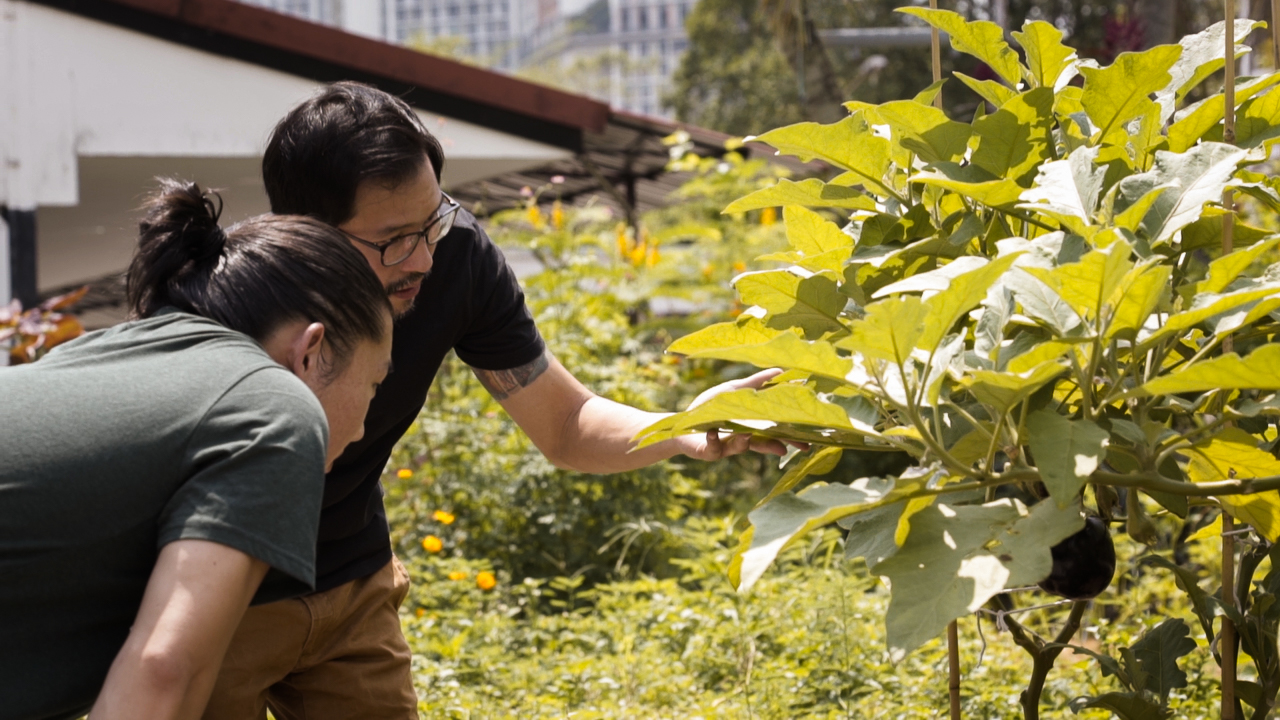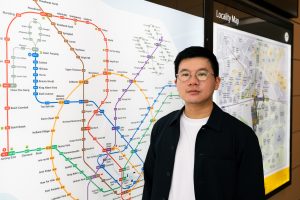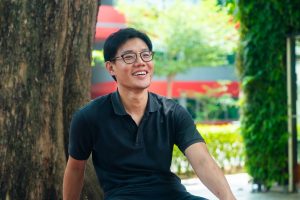The money is excellent, the job scope is interesting, and come on, for chrissake, it’s London. Not to sound unpatriotic, but I’m sure many a Bedok-bound auditor must have dreamed of leaving his spreadsheets to become a Mad Man in the city where advertising was invented.
But for Bjorn Low, who held that enviable position of London Ad Man, success had become routine. He had joined the industry at a young age when he was unsure of what to do with his life, thinking it a good fit for his business degree. After 7 years of hustling, he reached the senior echelons. He had a 5-figure salary, a good reputation, and an inescapable feeling of restlessness.
Call it a ‘quarter-life crisis’. Call it the ‘seven-year itch’ if you must. Whatever the nomenclature, there was no escaping the truth: He desperately wanted to do something else with his life. The suits, the pitches and the drinking with clients; it was starting to feel like a routine. Like his favourite brand of whisky, Auchentoshan, he wanted a new challenge, something to shake up the usual routine.
The only problem was, as a ‘safe Singaporean’ brought up in our pressure cooker system, it seemed a little crazy to quit his job which brought so much money and stability.
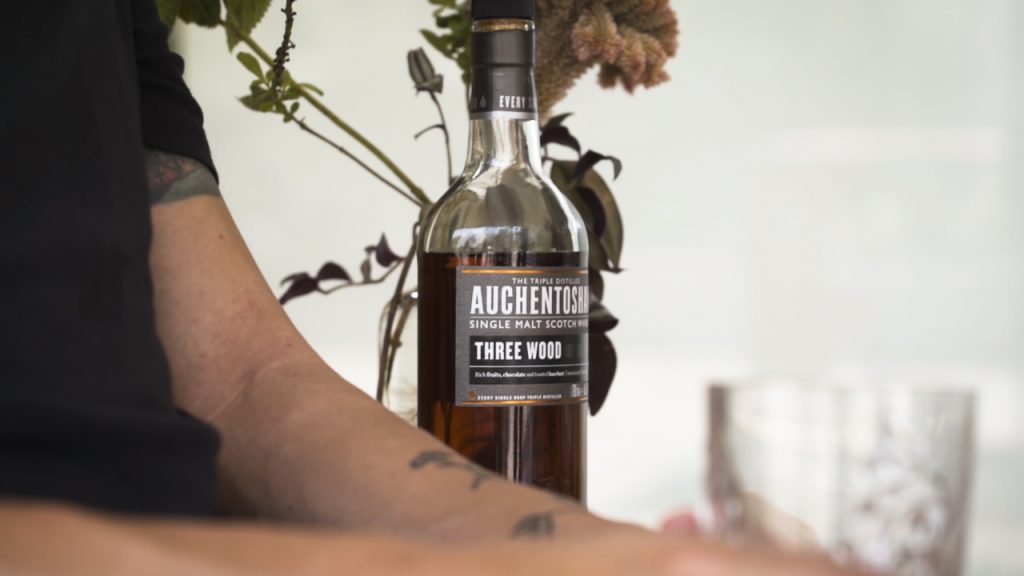
He just wanted out of the office for a change. What he didn’t realise was how the ‘agricultural convergence’ would prove both terrible and life-changing.
For starters, the city boy didn’t know that he would need to camp out on the Yorkshire Moors, with the freezing earth as his bed. They had neglected to pack any warm bedding, and spent 3 days shivering as the wind whipped through their tents, chilled them to the bone, and turned their noses into fire-hoses.
But ill-prepared as they were, the experience proved to be eye-opening. He acquainted himself with organic farmers and small-holders. Best of all was a man from Cuba who shared about his experience surviving the American trade embargo, which forced the Cubans to be self-sufficient in everything from dairy to fruit to chickens. It also got him thinking about the possibilities for Singapore: If Cuba, with its shortage of resources and precarious political situation, could grow its own food and become self-sufficient, then why can’t Singapore do the same?
Most of us would have enjoyed the weekend and left it at that. But for Bjorn, who loved the countryside and wanted to start his own farm, fantasies were not good enough.
“When I returned to London, I told my boss, hey, I’m going to go on sabbatical, I’m gonna come back right, just give me a couple of months.”
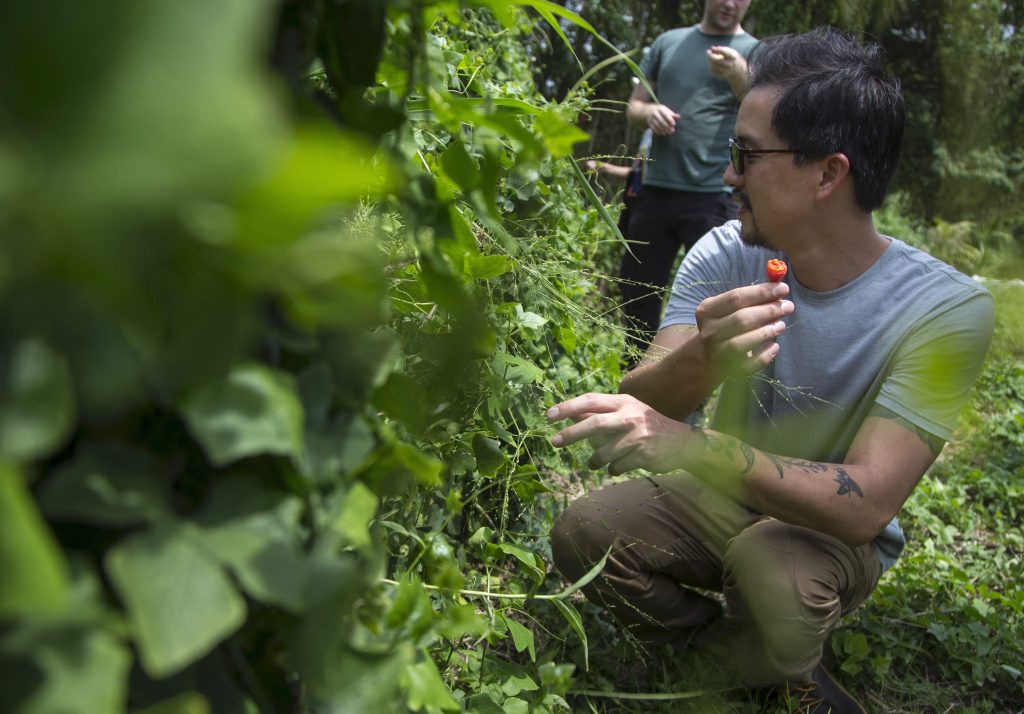
The nest snaps off without a hitch, but the ants do not take kindly to their inclusion in modern tree-to-table dining. Most of them go into the icebox, but more than a few frantic escapees end up where the sun doesn’t shine.
The team hops around, cursing and swearing and drawing bemused looks from the tourists en route to Tanjong Beach Club.
However, foraging (and getting bitten in the arse by wild ants) is just a side gig for Mr Low. His day-job is agriculture. Since his departure from the white collar life, Bjorn has dedicated his life to Edible Garden City, the social enterprise he founded to build and promote the practise of urban farming in Singapore.
Just as Auchentoshan had reinvented single-malt for the urban drinker, Bjorn is now reinventing farming for city-dwellers who had never seen a kampung or a barn.
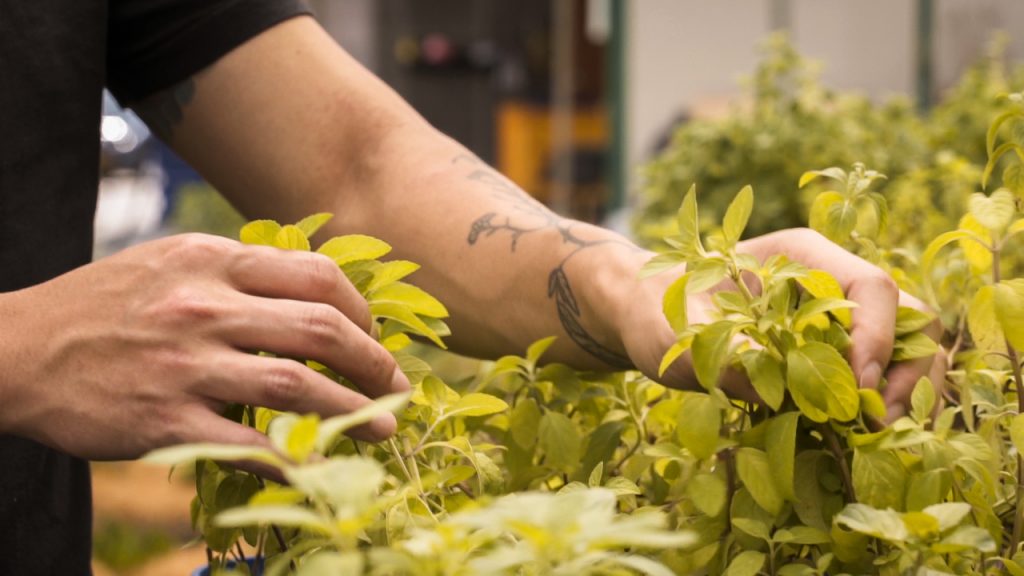
Edible Garden City calls it ‘foodscaping’, but that’s just, eh, an advertising industry sleight-of-hand. Every one of these farms produces a variety of ingredients for the pot. The monthly harvest includes papaya, banana, okra, brinjal, butterfly pea, basil, snapdragon, sorrel and many more. The gardens produce not just common herbs and spices, but long-forgotten species like wild passionfruit or ulam raja.
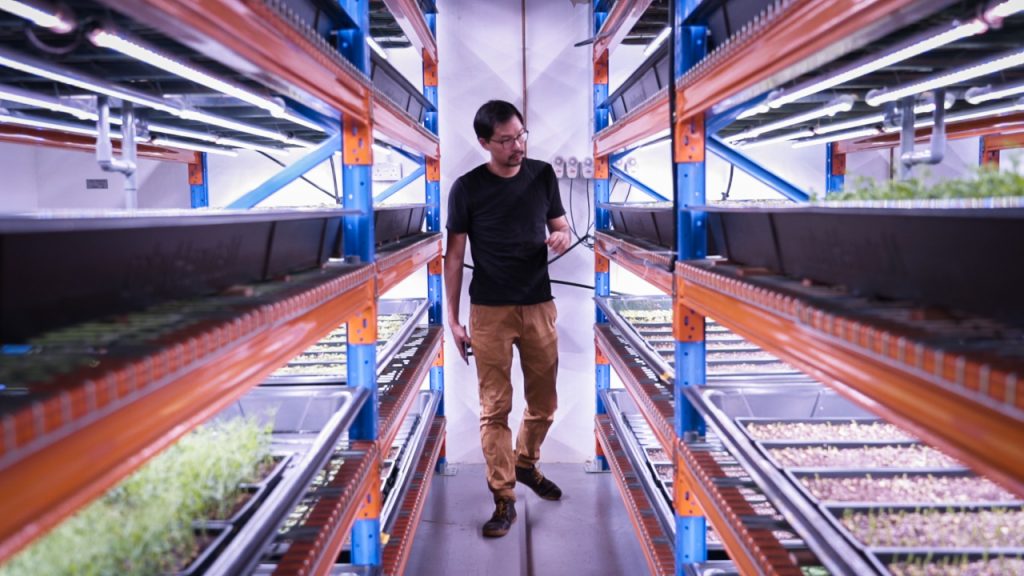
The return to advertising never happened. The sabbatical turned into a 4-year farming stint, which in turn led to the founding of Edible Garden City in 2012.
It was not an easy decision by any means, but oddly enough, it was his experience working on small organic farms that gave him the confidence to start anew.
“After going on that journey and seeing the other side of how people lived, and how they survived, it was very encouraging. So I said no, I’m not going back to a corporate life. I’m going to give this a try,” he said.
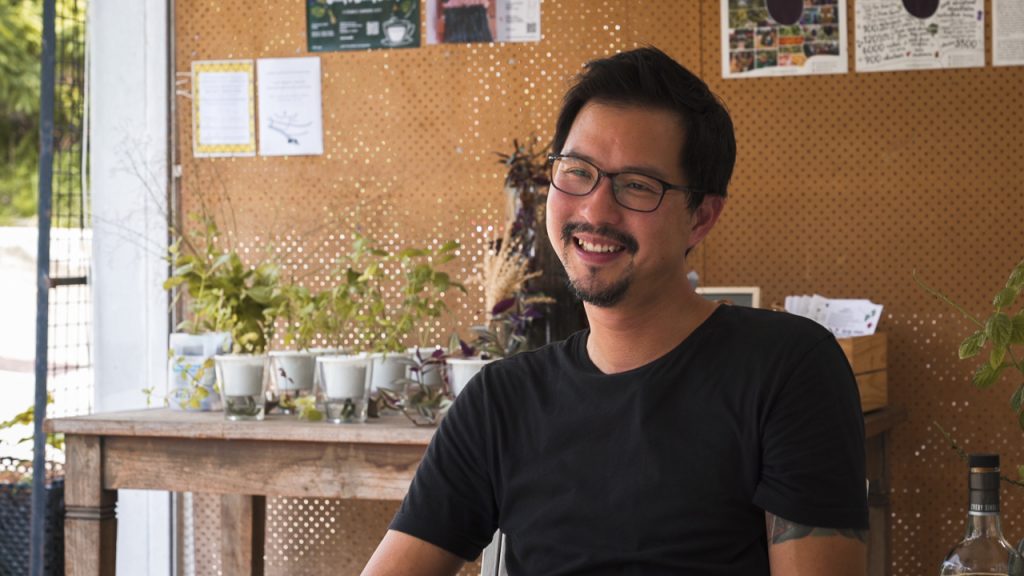
Against heavy odds, Bjorn Low has succeeded in turning his passion into a verdant reality. EGC boasts not just herbs and vegetables, but chickens, indoor container farms and even a black fly composting area which occasionally turns out larvae flour.
Contrary to popular opinion, Bjorn does not eat everything he grows. No, he is not a vegan, and neither does he yearn for a time when Singapore had more kampungs than skyscrapers.

It didn’t turn out exactly as he had planned. Nonetheless, it is the fulfillment of a long-held dream, nearly 10 years in the making. He had dreamed of leaving the city for a farm. Instead he ended up building a farm in the city.
“This is something I want to pursue for a long time, you know, because I feel connected to the plants and to the soil,” he explained, “Hopefully, with the example of how we’ve been surviving for the past 7 years, it will spur more people to start social enterprises, urban-farming-related or otherwise.”
